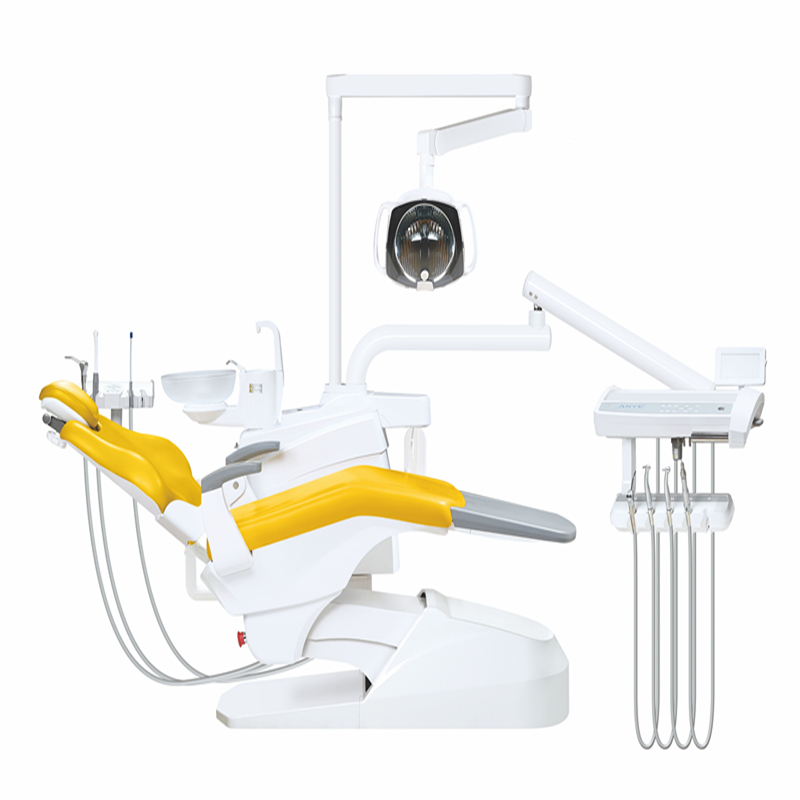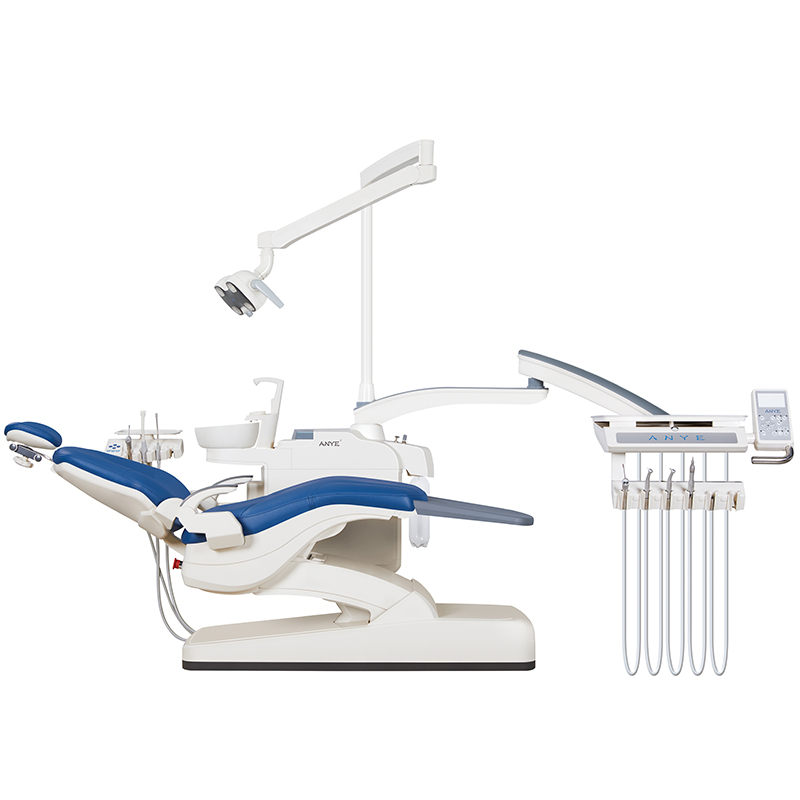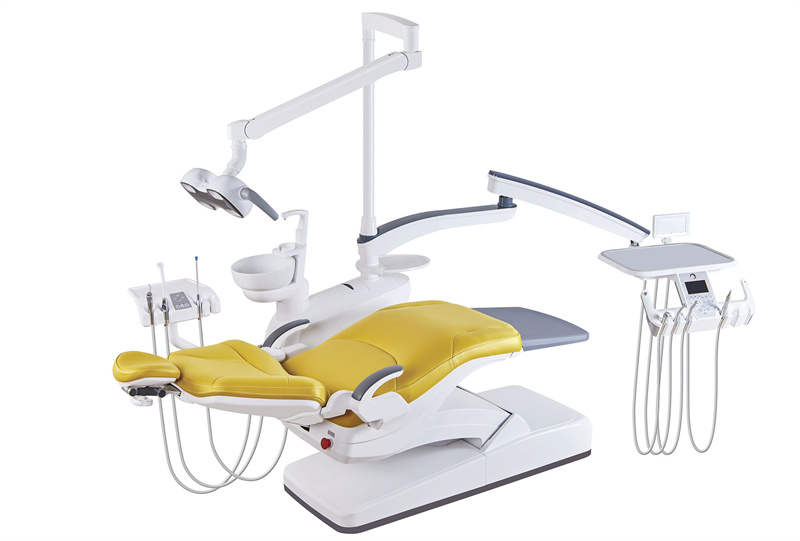Essential Guide to Buy Dental Equipment: What You Need to Know
Purchasing dental equipment is a significant investment for any dental practice. With the right tools, you can enhance patient care, improve operational efficiency, and ensure compliance with health regulations. This guide outlines the key considerations and steps to take when buying dental equipment, ensuring you make informed decisions that will benefit your practice in the long run.
Understanding Dental Equipment Categories
Types of Dental Equipment
Dental equipment can be categorized into various types based on their function and purpose:
-
Diagnostic Equipment: This includes X-ray machines, intraoral cameras, and diagnostic software that help in assessing patients' oral health.
-
Treatment Equipment: Comprising dental chairs, delivery systems, and handpieces, this equipment is essential for performing dental procedures.
-
Surgical Instruments: These are specialized tools used for specific procedures, such as extractions or root canal treatments.
-
Sterilization Equipment: Vital for maintaining hygiene standards, this category includes autoclaves and sterilizers to ensure all instruments are properly sanitized.
-
Office Furniture: Desks, cabinets, and waiting room furniture contribute to the overall practice environment and patient experience.
Essential Equipment for a Dental Practice
When setting up or upgrading a dental practice, consider investing in essential equipment like dental chairs for patient comfort, X-ray machines for diagnostic imaging, handpieces for various procedures, sterilization units to ensure hygiene, and delivery systems for easy access to instruments during treatment.
Key Considerations When Buying Dental Equipment
When purchasing dental equipment, several critical factors must be taken into account to ensure that you make informed decisions that align with your practice's needs and goals. Below are the essential considerations:
Quality and Reliability
Investing in high-quality dental equipment is crucial for providing optimal patient care. Quality instruments are designed to deliver precision and accuracy, vital for successful dental procedures. High-quality handpieces, for example, allow for more effective treatments, leading to better patient outcomes and satisfaction. Additionally, durable equipment can withstand the rigors of daily use without frequent breakdowns, reducing downtime and maintenance costs.
Ergonomics
Ergonomic design is essential for both patient comfort and dentist efficiency. Equipment such as dental chairs should be adjustable to accommodate various patient sizes while allowing dentists to work comfortably without straining their bodies. Ergonomically designed instruments also help reduce fatigue during long procedures, enhancing overall productivity.
Technology Integration
Modern dental practices benefit significantly from technology integration. Investing in equipment that supports digital workflows—such as digital X-rays or electronic health records—can streamline operations and improve diagnostic accuracy. Advanced technologies like laser dentistry can also facilitate minimally invasive procedures, enhancing patient comfort and recovery times.
Compliance with Regulations
All dental equipment must comply with local health regulations and standards set by organizations such as the American Dental Association (ADA). This includes ensuring that sterilization protocols are met to prevent cross-contamination and maintain patient safety. Equipment designed for easy sterilization can help practices adhere to these necessary standards.

Cost vs. Value
While cost is an important factor, it should not be the sole determinant in your purchasing decision. Higher-quality equipment may have a higher initial cost but can lead to long-term savings through durability and reduced maintenance needs. Consider the total cost of ownership, including potential repairs, replacements, and the impact on practice efficiency when evaluating options.
Ease of Use
User-friendly equipment can significantly enhance workflow efficiency. Look for tools that simplify procedures and require minimal training for staff. Equipment that integrates well with existing systems will reduce the learning curve and improve overall productivity in your practice.
Service and Support
Choosing a supplier or manufacturer that offers reliable service and support is essential. This includes having access to replacement parts, maintenance services, and technical support when needed. A strong relationship with your supplier can help ensure that your practice runs smoothly without unexpected interruptions.
Compatibility and Integration
Ensure that any new equipment is compatible with your existing systems and technologies. Seamless integration between different pieces of equipment can optimize workflows and reduce the likelihood of technical issues arising during operations.
Patient Experience
The quality of dental equipment directly affects the patient experience. Comfortable dental chairs, efficient sterilization processes, and advanced diagnostic tools contribute to a positive atmosphere in your practice. Patients are more likely to return if they feel cared for during their visits.
Aesthetics and Longevity
Investing in aesthetically pleasing dental materials can enhance the overall appearance of your practice while providing functional benefits. High-quality materials not only look better but also offer greater durability, ensuring that your investment lasts longer.
Financing Options for Dental Equipment
Equipment Loans
Equipment loans allow you to purchase dental equipment upfront while paying off the cost over time in fixed monthly payments. The equipment itself serves as collateral, reducing risk for lenders.
Leasing Options
Leasing is an attractive option if you plan to use equipment temporarily or want to keep up with technological advancements without significant capital outlay. At the end of the lease term, you may have options to purchase the equipment at fair market value.
Grants and Incentives
Explore grants or financial incentives offered by government programs or professional organizations aimed at supporting dental practices in acquiring necessary equipment.
Where to Buy Dental Equipment
Authorized Dealers
Purchasing through authorized dealers ensures that you receive genuine products along with support services like installation and maintenance.
Online Suppliers
Online platforms can offer competitive pricing and convenience but ensure they are reputable suppliers with good reviews.
Trade Shows
Attending dental trade shows can provide opportunities to see equipment firsthand, compare prices, and meet vendors directly.
Testing Equipment Before Purchase
Before making a final decision on any piece of dental equipment, it’s essential to "test drive" it. Sit in the dental chair to assess comfort, try out handpieces to evaluate weight and balance, check the functionality of delivery systems, and ensure all components operate smoothly together.
Conclusion
Investing in dental equipment is a critical step in establishing or upgrading a dental practice. By understanding the types of equipment available, considering key factors such as quality and ergonomics, exploring financing options, and knowing where to buy from trusted suppliers, you can make informed decisions that enhance your practice's efficiency and patient care.
This essential guide serves as a roadmap for navigating the complexities of purchasing dental equipment effectively while ensuring compliance with industry standards and maximizing your investment's value.



Leave a comment